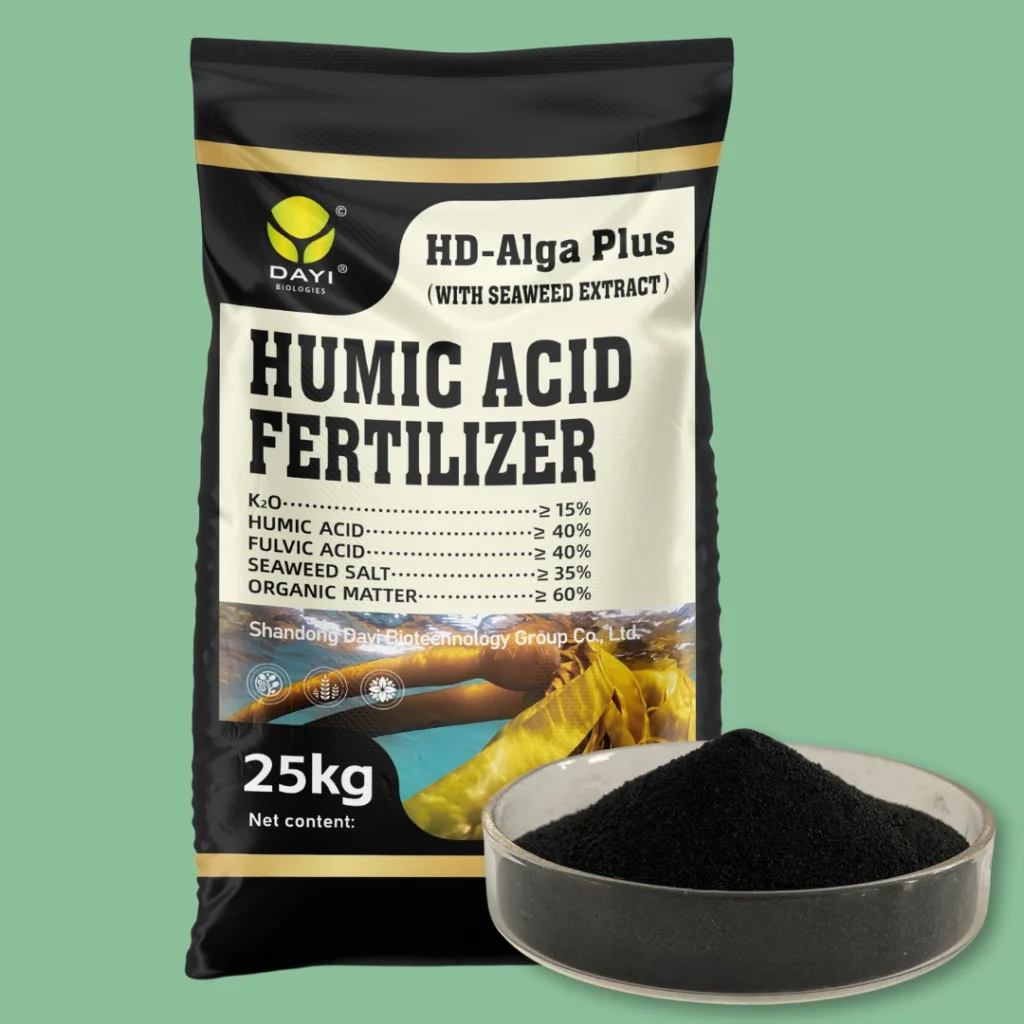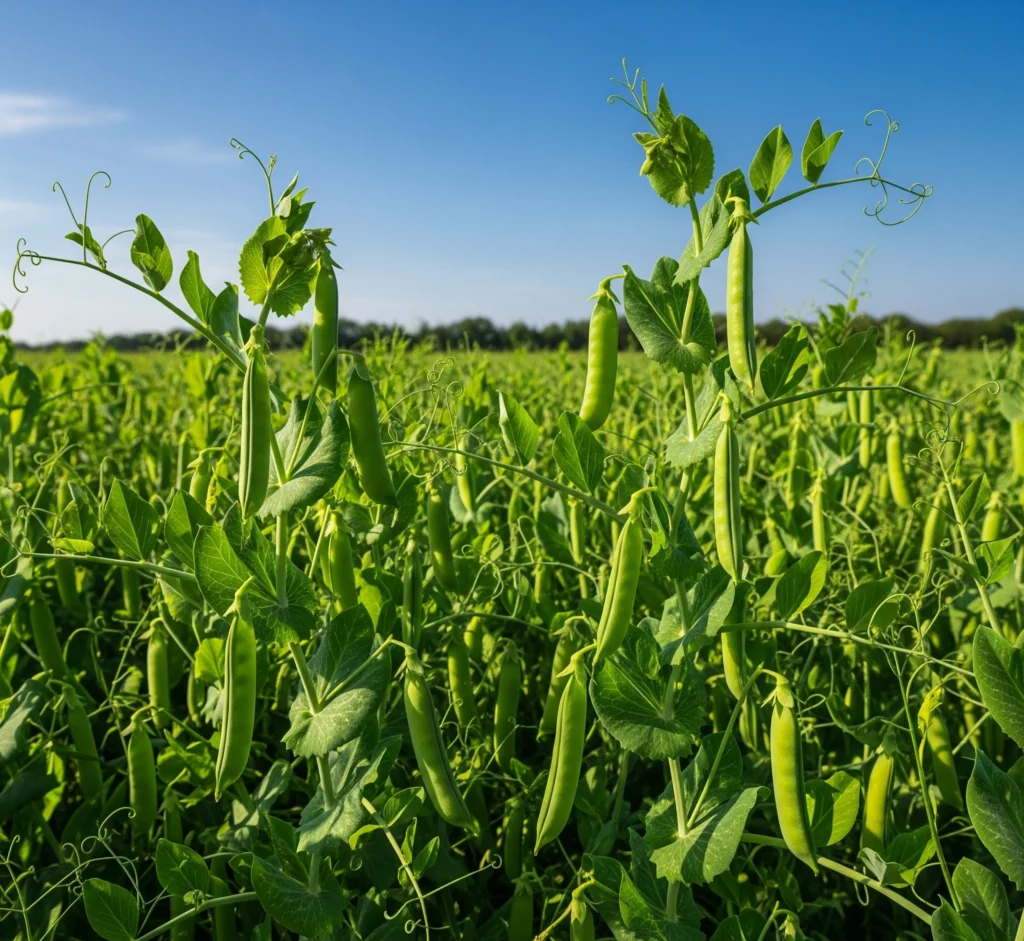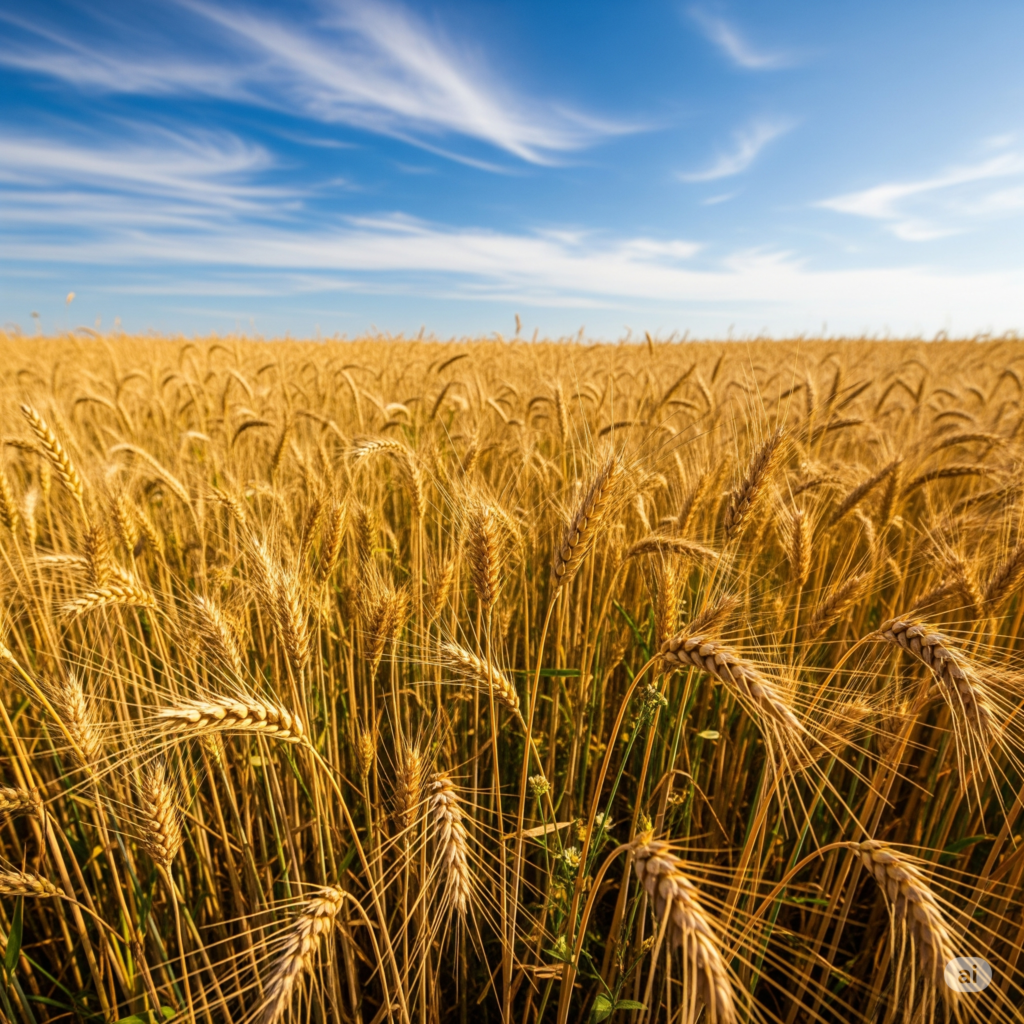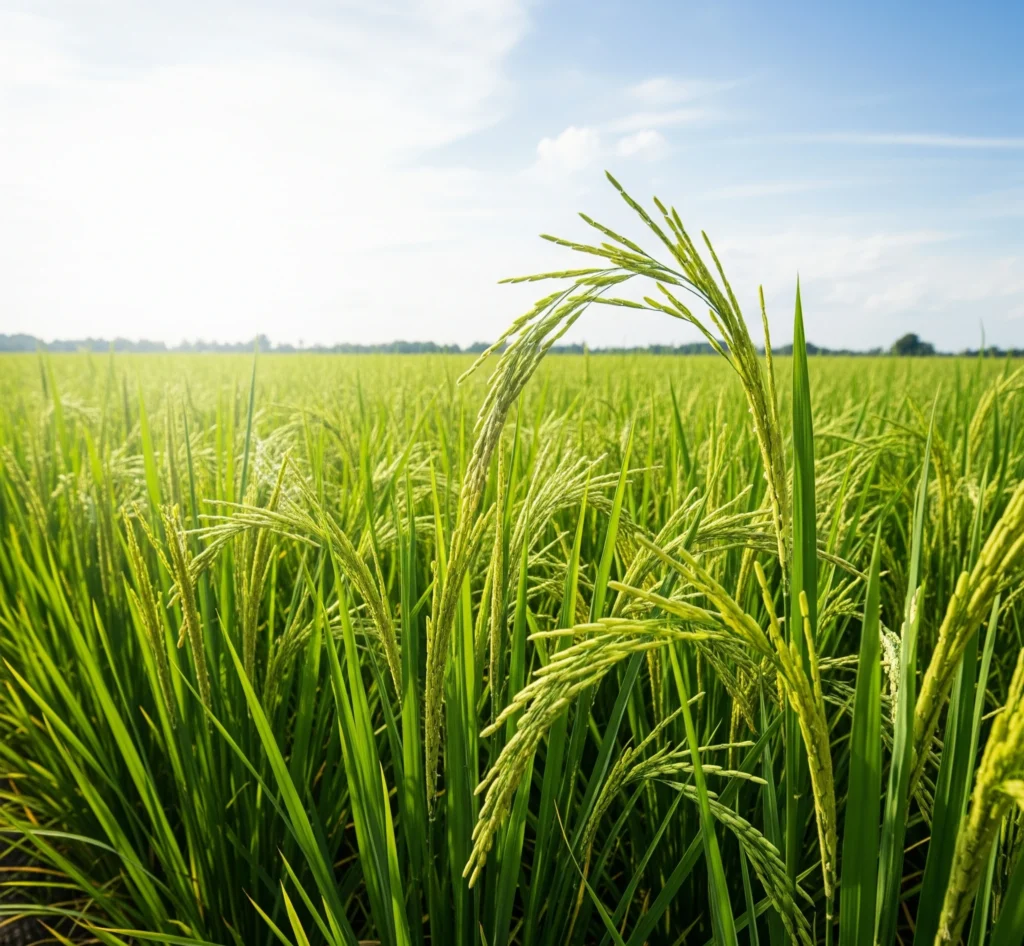Peas, those delightful little spheres nestled within tender pods, are a cherished legume enjoyed worldwide, both fresh and dried. From garden peas shelled for a sweet summer treat to snow peas in stir-fries and field peas grown for protein-rich animal feed or soil improvement, peas (Pisum sativum) are a versatile and nutritious crop. As a nitrogen-fixing legume, they also contribute significantly to soil health and sustainable agricultural practices. This comprehensive guide will delve into the essentials of cultivating healthy pea crops, outlining optimal growing conditions, effective protection strategies, and general care, while highlighting how advanced plant nutrition can truly enhance their health and yield potential.
Understanding Peas: A Versatile Cool-Season Legume
Peas are a cool-season crop, meaning they thrive in milder temperatures and can tolerate light frosts, making them an ideal early spring planting. They come in several forms, each with distinct uses:
- Garden Peas (Shelling Peas): Grown for their sweet, tender seeds, which are shelled from the pod before eating.
- Snap Peas: Varieties with edible, crunchy pods and plump peas inside, eaten whole.
- Snow Peas: Flat, edible pods, typically harvested before the peas fully develop, popular in Asian cuisine.
- Field Peas (Dry Peas): Grown for their dry seeds, used for animal feed, splitting for dals, or as a cover crop. Like other legumes, peas form a symbiotic relationship with beneficial soil bacteria (Rhizobium) in their root nodules, allowing them to fix atmospheric nitrogen and enrich the soil.
Cultivation Essentials: Laying the Foundation for Success
- Best Planting Time: Peas are a cool-season crop and should be planted early in spring, as soon as the soil can be worked (typically late March to May in the Northern Hemisphere). They can tolerate light frosts, so early planting is advantageous to allow them to mature before summer heat, which can reduce yields. In regions with very mild winters, fall planting is possible for a winter harvest. Soil temperatures should be consistently between 4∘C to 10∘C (40∘F to 50∘F) for optimal germination.
- Suitable Soil and Weather Conditions:
- Soil: Peas prefer well-drained, fertile, loamy soils with good organic matter content. They are sensitive to heavy, poorly drained, or waterlogged soils, which can lead to root rot. An optimal soil pH range is generally 6.0 to 7.5. Good soil aeration and drainage are crucial for healthy root development and efficient nitrogen fixation.
- Weather:
- Peas are a cool-season crop and thrive in moderate temperatures.
- Optimal growing temperatures typically range between 13∘C to 18∘C (55-65°F).
- They are highly sensitive to high temperatures (above 27∘C or 80°F) during flowering and pod fill, which can cause blossom drop and significantly reduce yields.
- Peas tolerate light frost.
- They require a frost-free period of about 60-70 days for garden peas, and longer for field peas, to reach maturity.
- General Precautions for Healthy Growth:
- Avoid Heat Stress: Plant early to ensure pods develop before extreme summer heat.
- Drainage: Ensure excellent soil drainage; standing water or prolonged wetness is detrimental.
- Support for Vining Types: Provide trellises or stakes for climbing pea varieties.
- Crop Rotation: Practice regular crop rotation (every 3-4 years) to manage soil-borne diseases.
Protecting Your Peas: Threats and Strategies
Pea crops can face various challenges from pests and diseases. Implementing an integrated pest and disease management approach is essential for a successful harvest.
- Pests:
- Pea Aphid: A common sap-sucking insect that can stunt growth and transmit viral diseases.
- Pea Weevil: Infests developing seeds within the pods.
- Pea Leaf Weevil: Adults feed on leaves, larvae on root nodules.
- Cutworms: Attack young seedlings at the soil line.
- Protection: Use resistant pea varieties where available, practice crop rotation, encourage natural enemies, use row covers in early season for physical exclusion, and apply targeted insecticides only when scouting indicates economic thresholds have been met.
- Diseases (Primarily Fungal):
- Powdery Mildew: White, powdery growth on leaves and stems, especially in dry conditions.
- Fusarium Wilt: A soil-borne fungal disease causing yellowing and wilting.
- Downy Mildew: Causes yellow spots on leaves and gray fuzzy growth on the underside.
- Ascochyta Blight (Pea Blight): Causes dark lesions on leaves, stems, and pods.
- Protection: Use certified disease-free seed, plant resistant varieties, practice good crop rotation, ensure proper plant spacing for air circulation, and apply fungicides when warranted by disease pressure.
- Viral Diseases:
- Pea Enation Mosaic Virus, Pea Streak Virus: Both transmitted by aphids, causing mosaic patterns, streaking, and distorted growth.
- Protection: Use resistant varieties and control aphid populations.
General Care for Thriving Peas
- Nutrient Management: As nitrogen-fixing legumes, peas typically require little to no supplemental nitrogen, especially if the seeds are inoculated with Rhizobium bacteria. Focus fertilizer applications on Phosphorus (P) for root and flower development, Potassium (K) for overall plant health, and essential micronutrients like Molybdenum and Boron. Conduct soil tests to determine exact nutrient needs.
- Water Management: Consistent moisture is crucial for peas, particularly during flowering and pod development. They are sensitive to drought stress during these periods, which can lead to flower abortion and reduced pod fill. Provide supplemental irrigation if rainfall is insufficient.
- Weed Control: Effective weed management during the early growth stages is vital as pea seedlings are poor competitors against weeds. Employ an integrated strategy that includes cultural practices (e.g., proper seedbed preparation, cultivation) and judicious use of selective herbicides.
- Support (for Vining Peas): Provide sturdy trellises, stakes, or netting for vining pea varieties to climb. This optimizes light exposure, improves air circulation, and makes harvesting easier.
- Monitoring: Consistent field scouting throughout the growing season is crucial for early detection of nutrient deficiencies, pest infestations, or disease symptoms. Prompt identification allows for timely and effective interventions.
- Harvesting:
- Garden Peas: Harvest when pods are plump and full, but before the peas become starchy. Pick regularly to encourage continuous production.
- Snap/Snow Peas: Harvest when pods are tender and crisp, eaten whole.
- Field Peas: Harvest when the plants are largely senesced and the pods are dry and the seeds are hard.
Best Countries for Pea Cultivation: Peas are cultivated globally, with significant production in various regions. Leading producers include:
- Canada
- Russia
- United States
- China
- India
- France
- Ethiopia
- Australia
- Ukraine
- United Kingdom
Dayi’s Solution: Optimizing Pea Nutrition with Humic Acid + Seaweed Extract
At Shandong Dayi Biotechnology Group Co., Ltd., we are dedicated to helping farmers achieve peak productivity and health from their pea crops. Our Humic Acid Fertilizer (With Seaweed Extract) provides a powerful nutritional advantage that directly supports robust pea growth. The humic acid component significantly improves soil structure, enhancing aeration and drainage—a critical benefit for peas, which are sensitive to waterlogging and root issues. It also boosts soil water retention, ensuring consistent moisture availability during crucial flowering and pod development stages. Importantly, humic acid stimulates beneficial soil microbial activity, which is vital for the effective nitrogen fixation by symbiotic bacteria in pea root nodules, leading to more efficient natural nitrogen supply. It also promotes vigorous root development, improving overall nutrient uptake. Complementing this, the seaweed extract delivers a rich blend of natural plant growth hormones (auxins, cytokinins), vital trace elements, and amino acids. These bioactive compounds stimulate vigorous vegetative growth, improve flowering, enhance pod set, and bolster the pea plant’s inherent resilience against environmental stresses such as cold, mild drought, and temperature fluctuations. The synergistic action of these ingredients ensures that pea plants develop extensive, highly efficient root systems, optimize nitrogen fixation and nutrient use efficiency, and exhibit enhanced resilience, ultimately leading to significantly higher yields of quality peas.
Leveraging our advanced “Microbial+” technology and unwavering commitment to sustainable solutions, Shandong Dayi Biotechnology Group Co., Ltd. is at the forefront of innovation in plant protection, empowering farmers to achieve more bountiful and healthy harvests.




